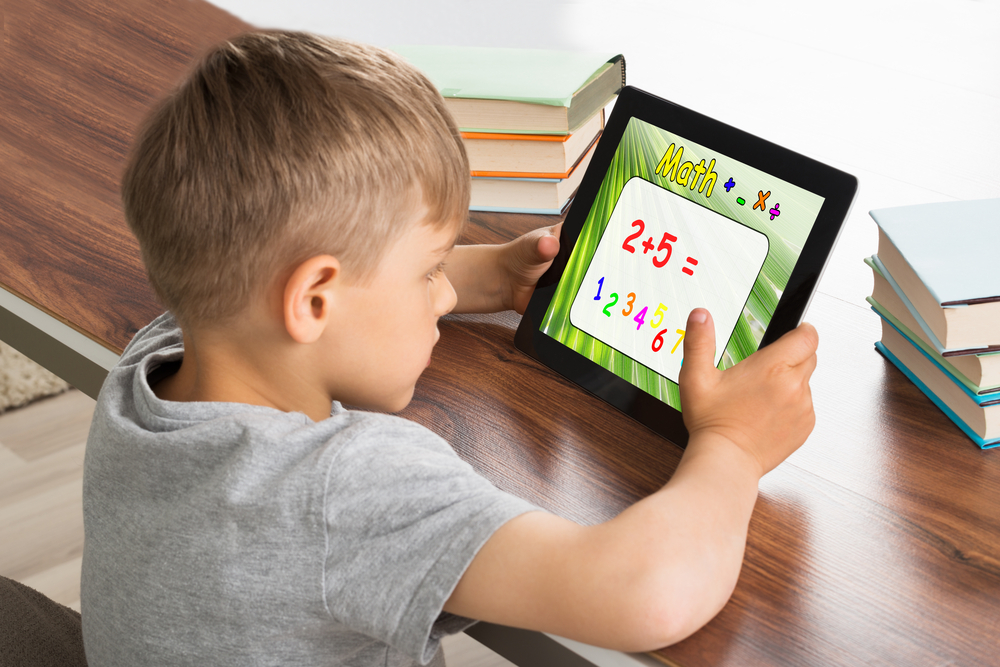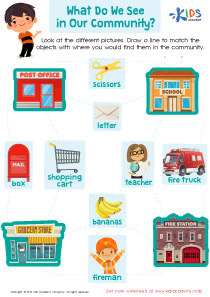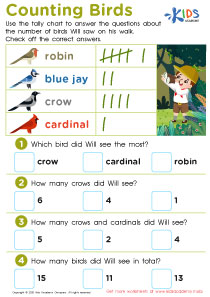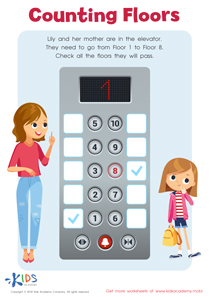Comparing lengths Extra Challenge Math Worksheets for Ages 6-7
5 filtered results
-
From - To
Introducing our "Comparing Lengths Extra Challenge Math Worksheets for Ages 6-7" — the perfect resource to elevate your child's understanding of measurement! These printable worksheets are designed to enhance learning with tricky yet engaging exercises, helping young learners compare and measure different lengths. Each sheet provides stimulating tasks that promote critical thinking, precision, and problem-solving. Ideal for classroom use or additional practice at home, these worksheets aim to boost confidence in math and prepare children for more advanced concepts. Give your 6-7-year-old a fun and educational head start with our expertly crafted comparing lengths practice sheets!
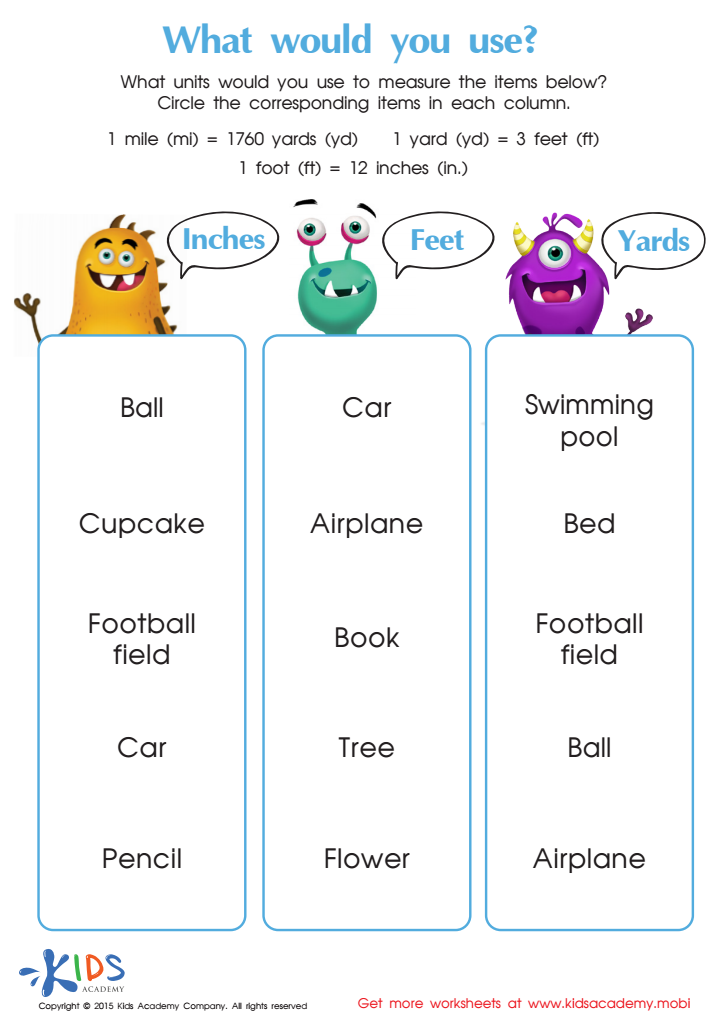

Learning about measuring objects in inches, feet and yards Worksheet


Lets Measure Length Worksheet


Length Word Problems Worksheet
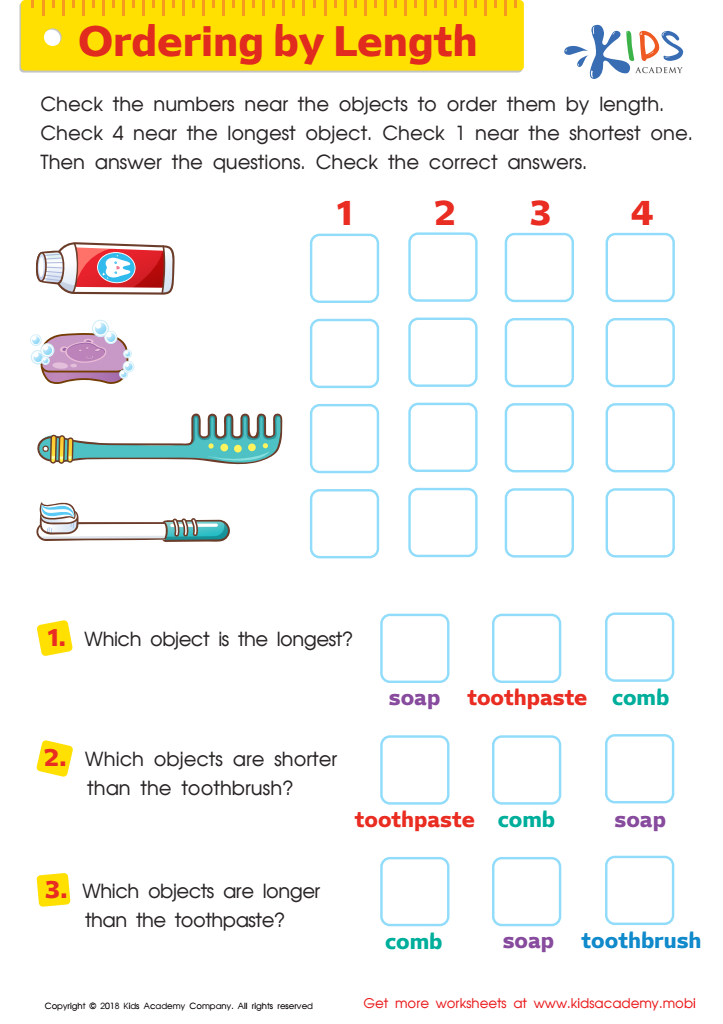

Ordering by Length Worksheet
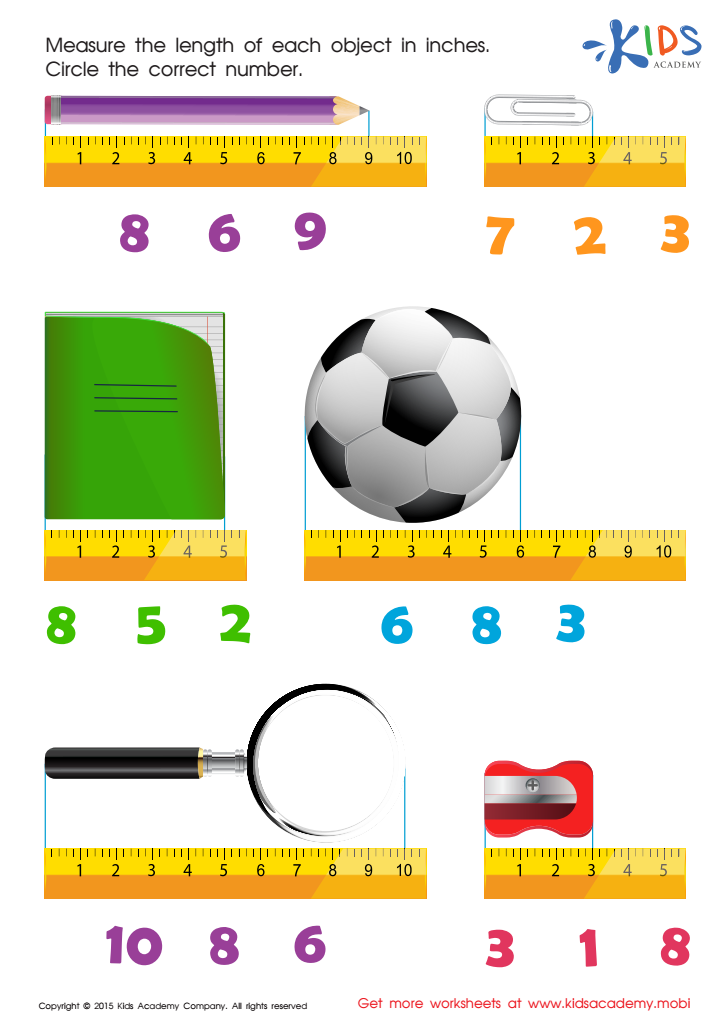

Learning measuring objects in inches Worksheet
Introducing comparing lengths as an extra challenge in math for children aged 6-7 is highly beneficial for several reasons. First, this activity improves basic mathematical skills. Learning to compare lengths involves understanding measurements, which is foundational in mathematics. It nurtures critical thinking and analytical abilities, as children must evaluate and infer differences between various objects.
Moreover, such exercises promote hands-on learning and real-world connections. By engaging in these comparisons, children learn how math applies to everyday life, such as recognizing that different objects have different uses depending on their lengths. It also makes learning engaging and fun, crucial for retaining young learners' attention and fostering a lifetime love for math.
In addition, these challenges enhance cognitive development. Kids learn problem-solving skills and improve their spatial awareness by visualizing and manipulating different lengths. This hands-on activity aids memory retention and builds fine motor skills, essential for young learners.
For teachers and parents, monitoring progress in such tasks helps them gauge a child's developmental stage and identify areas where additional support might be needed. Encouraging children to compare lengths sets up a strong mathematical foundation, shapes their problem-solving abilities, and prepares them for more complex mathematical concepts in the future.
 Assign to My Students
Assign to My Students








